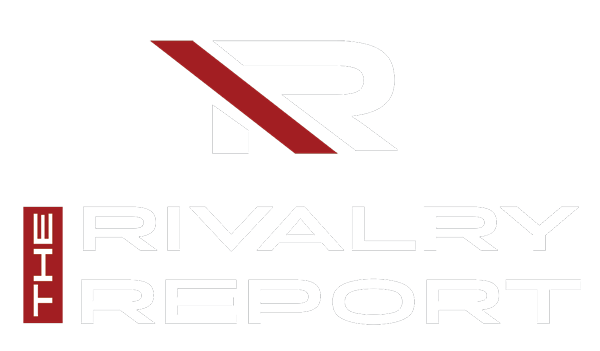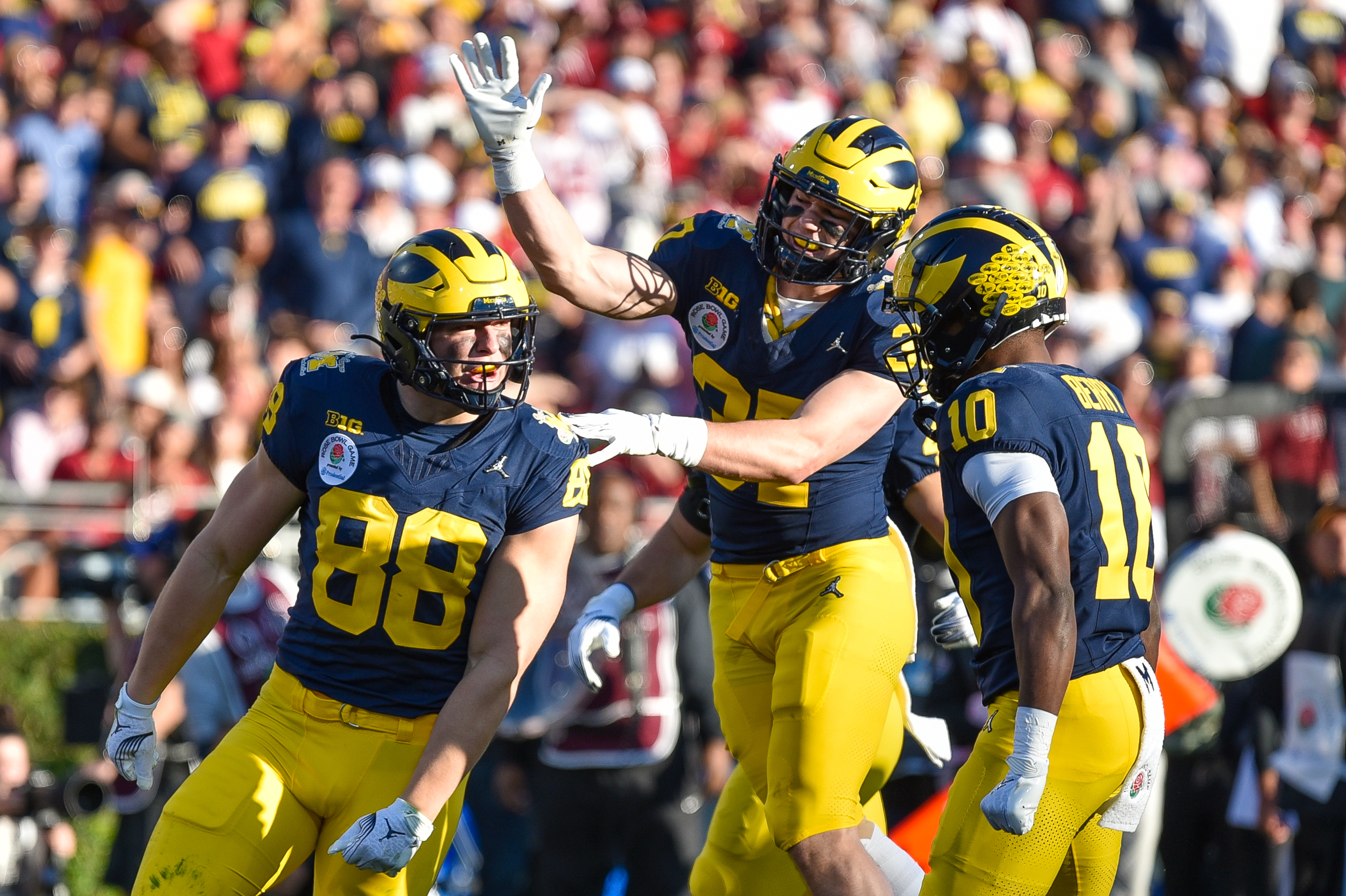This week marks a transformative moment in the history of intercollegiate athletics. For the first time, college student-athletes are receiving direct payments as part of a landmark legal settlement that is fundamentally reshaping the long-standing NCAA amateurism model. As of July 1, universities across the country are now permitted to share revenue with athletes — ushering in a new era of college sports.
Revenue Sharing Goes Live
The change stems from the House v. NCAA settlement announced in May 2025. Under the terms of the agreement, NCAA Division I schools are authorized to allocate up to $20.5 million per year, per institution, directly to athletes. That revenue includes money historically generated from media rights, ticket sales, and sponsorships — funds that previously flowed exclusively to institutions and conferences.
Tuesday, July 1, marked the first official day that payments could be distributed. Several major programs quickly began issuing checks to their most prominent athletes, including those in football, men’s and women’s basketball, and Olympic sports. For some student-athletes, those checks reached into the six-figure range — mirroring financial structures seen in professional leagues.
“This is a turning point,” said one athletic director from a Power Five school. “We’re not just talking about name, image, and likeness deals anymore. This is direct compensation, and it’s here to stay.”
Schools Weigh Opt-In Versus Opt-Out
While the majority of major-conference schools — such as those in the SEC, Big Ten, and ACC — eagerly opted into the settlement in order to maintain competitive recruiting advantages, some institutions have chosen to hold back. A number of Ivy League schools, military academies, and smaller athletic programs like Nebraska-Omaha and the University of Montana have opted out for now.
Their reasons vary. Some cite financial limitations, while others express concerns about how to balance revenue-sharing compliance with federal Title IX requirements, which mandate gender equity in college athletics.
Legal analysts warn that schools choosing not to participate could face long-term competitive disadvantages. “You can say it’s about principles,” said one compliance officer at a mid-major university, “but at the end of the day, top-tier talent is going to follow the money.”
Governance and Compliance Challenges
The rollout hasn’t been without its challenges. Athletic departments now face an entirely new layer of compliance responsibilities. These include tracking revenue allocation, ensuring equitable distribution among male and female athletes, managing ongoing NIL (name, image, and likeness) agreements, and adhering to new labor standards.
Title IX compliance remains a particularly thorny issue. Because many men’s sports — especially football — generate more revenue than women’s sports, institutions must walk a careful line to ensure fair and legal compensation practices. Failure to do so could expose schools to lawsuits or federal scrutiny.
Smaller athletic departments, already stretched thin by rising travel costs and staff reductions, are voicing concerns about how to manage the new system without major budget increases. Some schools are exploring third-party compliance services to help manage distribution and oversight.
Toward a Professionalized Model
Supporters of the settlement view it as a long-overdue acknowledgment of athletes’ contributions to a multibillion-dollar industry. The move toward compensation has been building for years, accelerated by the rise of NIL legislation and increasing media attention on student-athlete rights.
“This doesn’t mean college sports will lose their identity,” said a former NCAA administrator. “It just means athletes are finally being treated more like the professionals they already function as.”
Looking ahead, discussions are already underway regarding additional reforms. These include the potential for student-athlete unions, expanded healthcare benefits, transfer portal regulation, and collective bargaining rights—hallmarks of professional sports leagues.
What Comes Next?
As revenue-sharing enters its first active season, many questions remain. Will high-revenue schools use this as a recruiting weapon? Will programs that initially opted out eventually be pressured to join? And how will institutions ensure gender-equitable compensation across all sports?
Meanwhile, lawmakers and NCAA officials are keeping a close eye on developments. Some view this shift as the first step toward fully professionalizing college athletics — complete with contracts, agency representation, and collective bargaining. Others worry the system could fragment further without clear oversight and governance reform.
What is certain is that the collegiate sports landscape will never be the same.
As July 1, 2025, becomes a date etched into NCAA history, both champions of athlete rights and cautious institutional leaders are watching closely. The long-held notion of amateurism in college sports is no longer dominant — and what replaces it will define the next generation of student-athletes.

